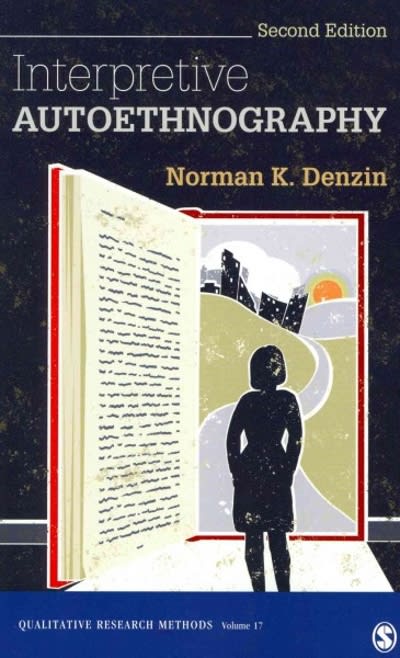Question
In general, when reading a research-based article, it is useful to break information down into the following four components (for each experiment separately): Purpose of
In general, when reading a research-based article, it is useful to break information down into the following four components (for each experiment separately):
Purpose of the study
Brief methods (IVs, DVs, participant's task)
Main results (in your own words)
Implications of the results
Part 1 For the given (2) background articles for the confession experiment, answer the following questions:
Part 2 For the additional background articles (2) of your choice, please complete article summaries.
These activities will help you greatly in writing your introduction to Paper 2.
Kassin & Neumann (1997)
What types of confessions are ruled involuntary? Also see excerpt from S
Explain the fundamental difference hypothesis, and how it relates to the court's idea of 'harmless error' The first hypothesis was that the bluff technique would elicit a confession from a guilty person but not from an innocent person. This is based on the assumption that a guilty person would be more likely to confess when confronted with a bluff, thinking that their guilt has been discovered. The second hypothesis was that innocent people would be more likely to confess if they perceived the bluff as a promise of future exoneration. This is based on the idea that innocent people might confess to a crime they didn't commit if they believe that confessing will ultimately lead to their innocence being proven. The third hypothesis was that being innocent might make people more susceptible to confessing. This is based on the idea that innocent people might be more likely to misinterpret the situation and confess under pressure. The researchers' predictions were based on these hypotheses.
Experiment 1
What was the purpose of Experiment 1?
the researchers placed the participant to always be picked for exposure to the bluff . The participant was then exposed to both the control and the bluff condition.
What was the IV and levels of the IV?
What was the participant's task?
What were the DVs?
What were the main results, in your own words?The main purpose of this paper was for researchers to assess the impact of the bluff on confession rates. There were three experiments conducted that examined three hypotheses: Bluff technique should garner a confession from a perpetrator but not from the innocent; The innocent will be more likely to confess if the bluff is considered to be a promise of exoner ation in the future; That innocence itself may put others at risk to confess.
What do these results tell us about how mock jurors weight confession evidence vs other types of evidence?
Experiment 2
What were the main changes to the design of the original experiment (Experiment 1)?subjected the participants to only the bluff or the control condition. This is because the elicit response needed to be genuine for the innocent group, as the intention was to check whether both the innocent and the guilty respond the same while under pressure.
What was the IV and levels of the IV?
What was the participant's task?
What were the DVs?
What were the main results, in your own words?
What are the implications of these results?
Experiment 3
What was the purpose of experiment 3 the researcher replicated the Family Feud game show and had participants be placed under pressure to cheat on their questions when instructed not to do so. After cheating, the researchers then probed the participants to elicit a confession using the bluff condition, which was a fake camera in this study. The participants were then convinced to sign a statement waiving their innocence regarding the recording of them cheating. Because some were cheating, they signed because they believed that since they cheated it did not matter to maintain innocence.
(Method was identical to that of Experiment 2) method 1 is identical.
What were the main results, in your own words?
Overall, what do Kassin and Neumann conclude about the impact of confession evidence, and how it relates to 'harmless error'?
Wells (1980)
Explain the reward-punishment asymmetry hypothesis.
Experiment 1
What was the purpose of Experiment 1?
What was the IV and levels of the IV?
What was the participant's task?
What were the DVs?
What were the main results, in your own words?
What do these results tell us about how participants make attributions of responsibility?
Experiment 2
What was the purpose of Experiment 2?
What was the IV and levels of the IV?
What was the participant's task?
Step by Step Solution
There are 3 Steps involved in it
Step: 1

Get Instant Access to Expert-Tailored Solutions
See step-by-step solutions with expert insights and AI powered tools for academic success
Step: 2

Step: 3

Ace Your Homework with AI
Get the answers you need in no time with our AI-driven, step-by-step assistance
Get Started


